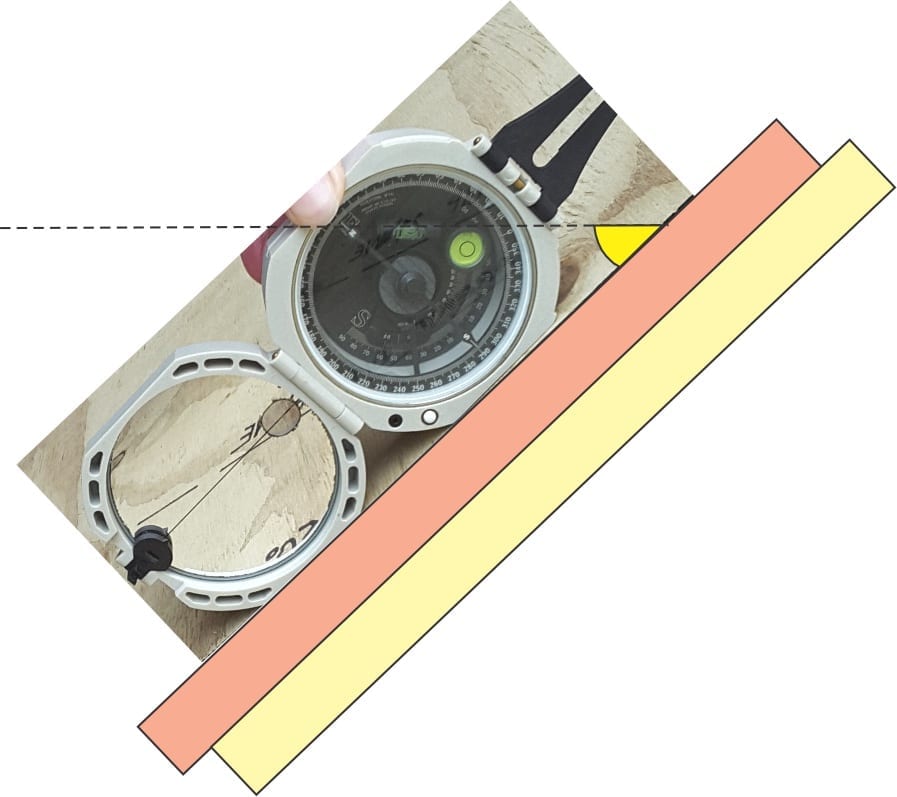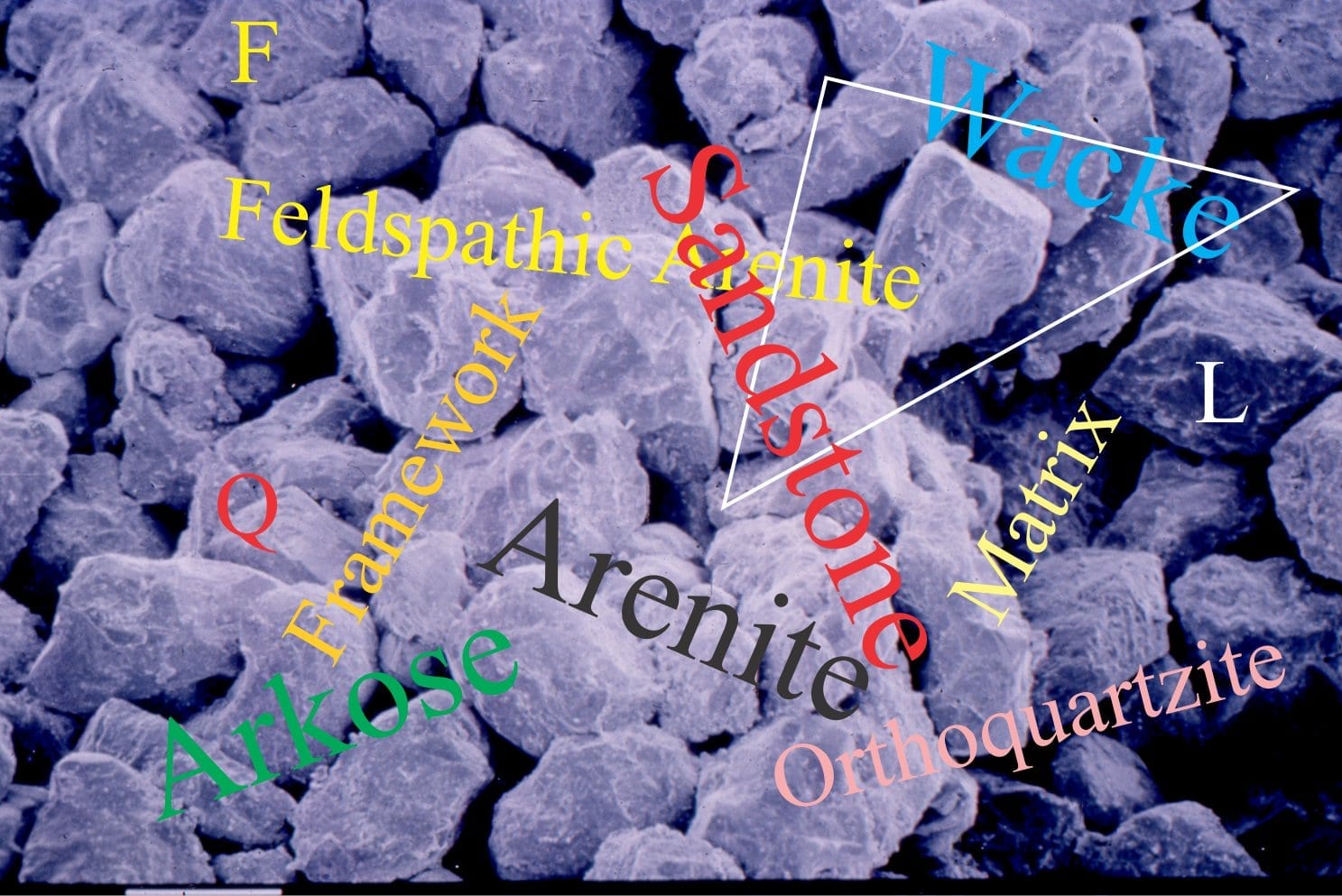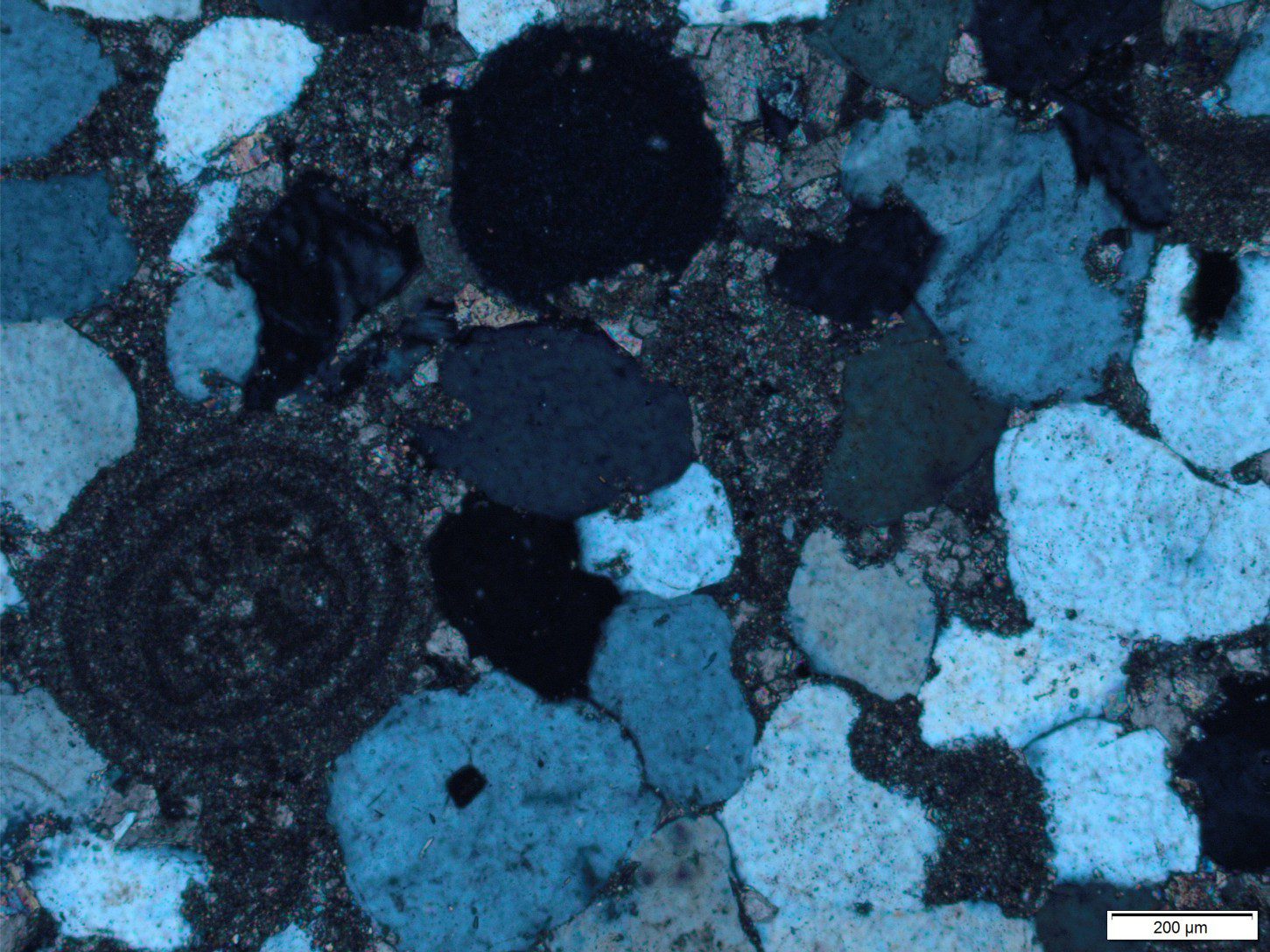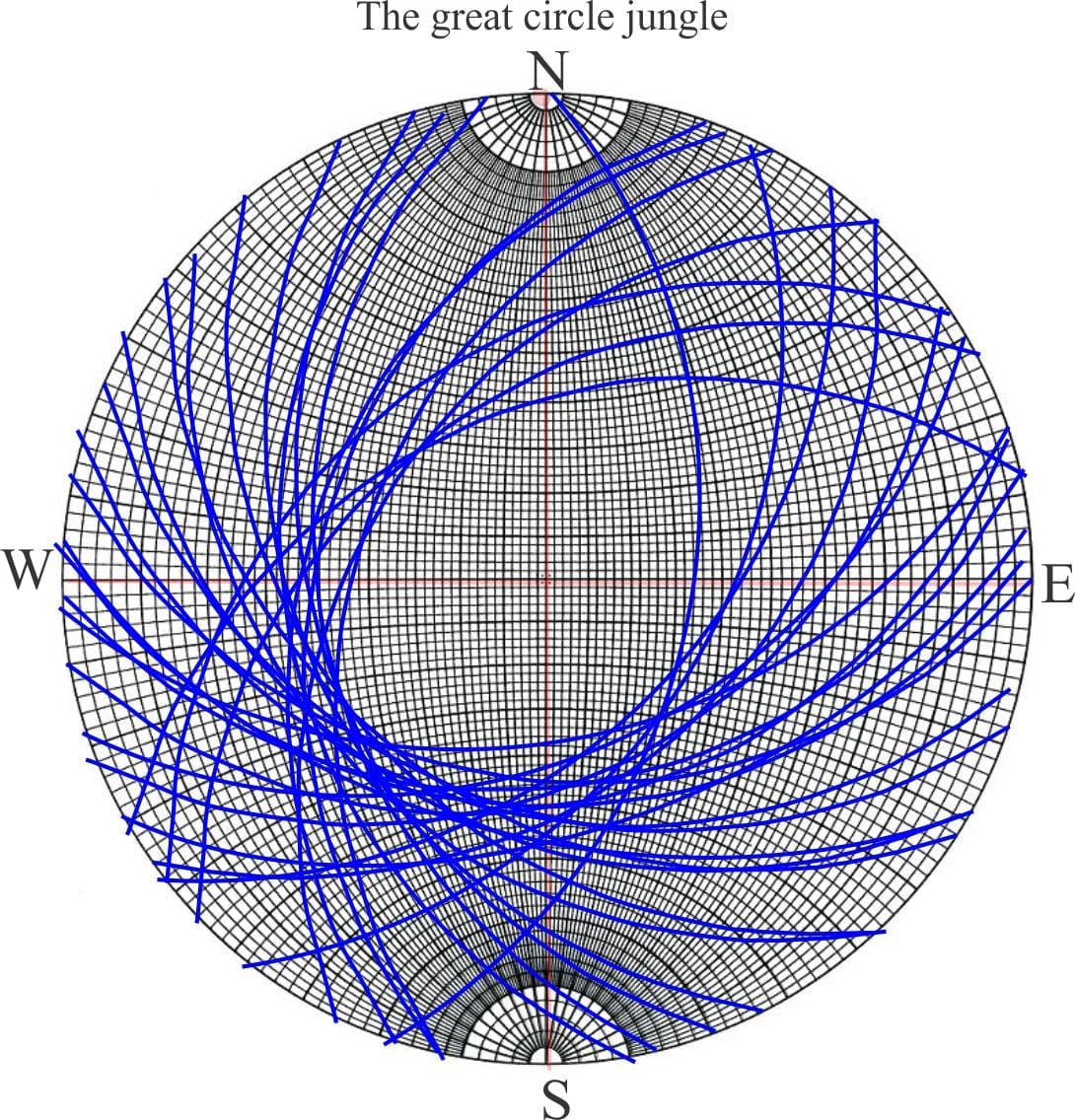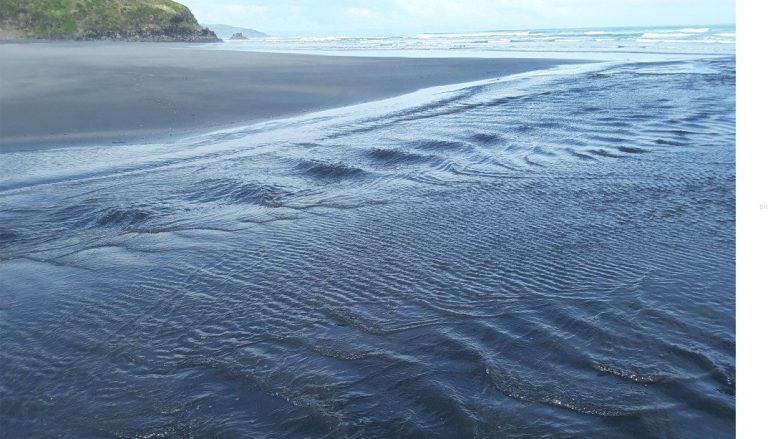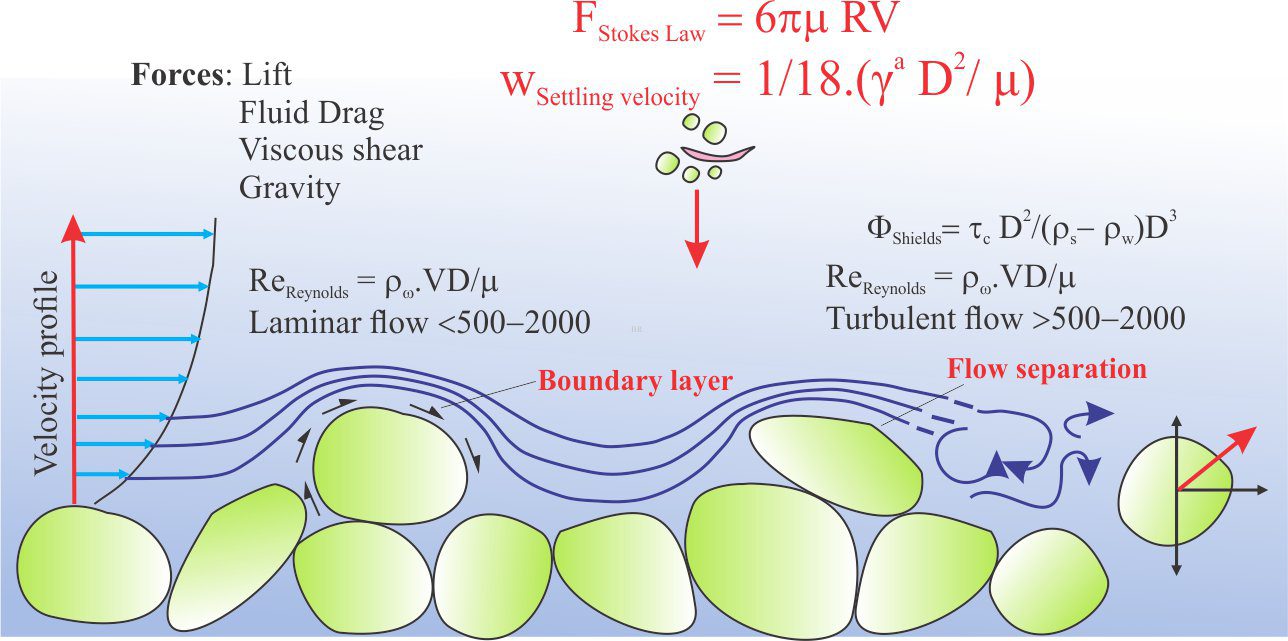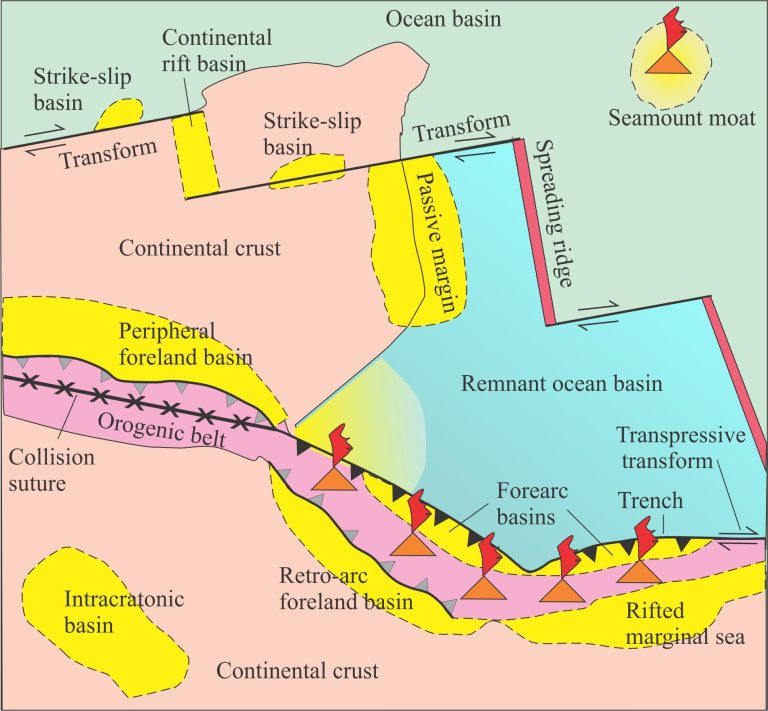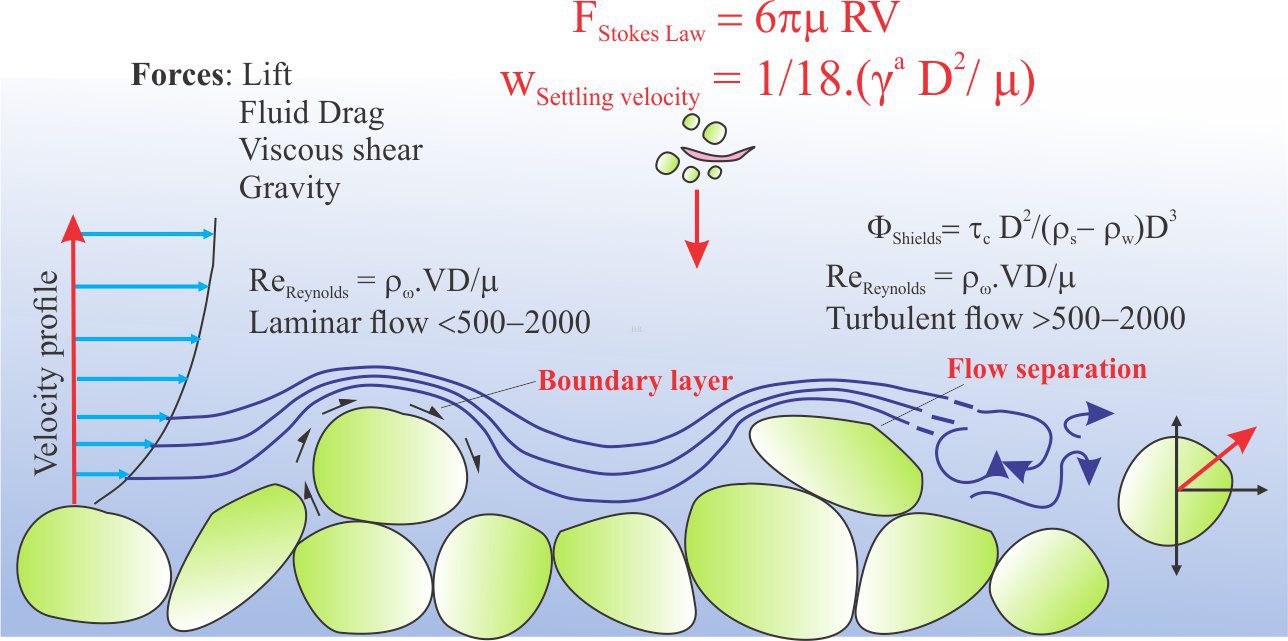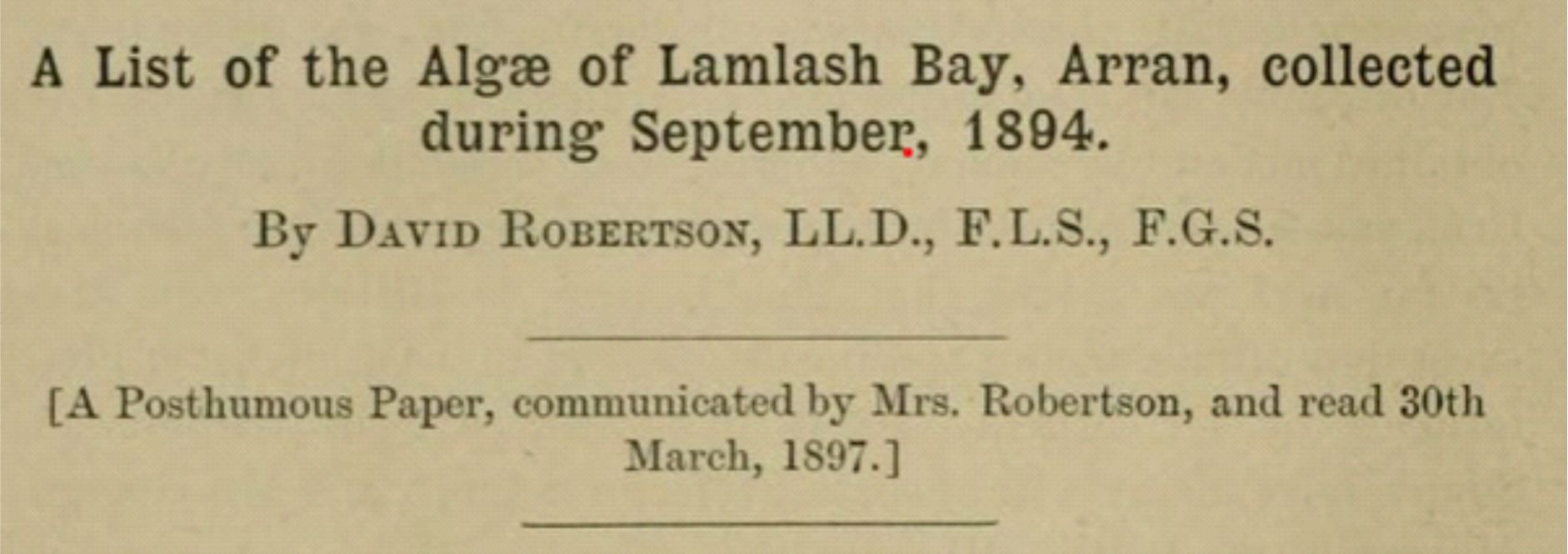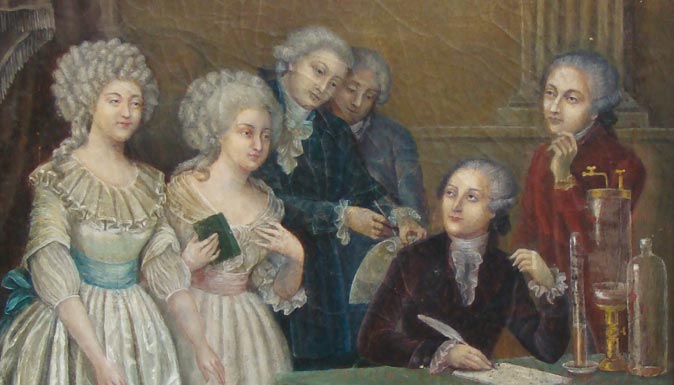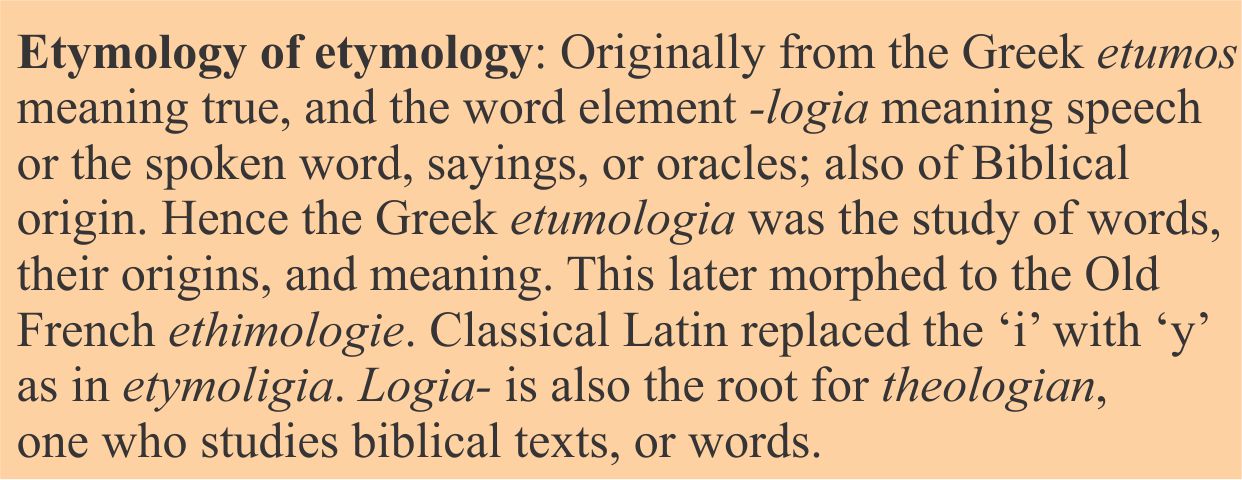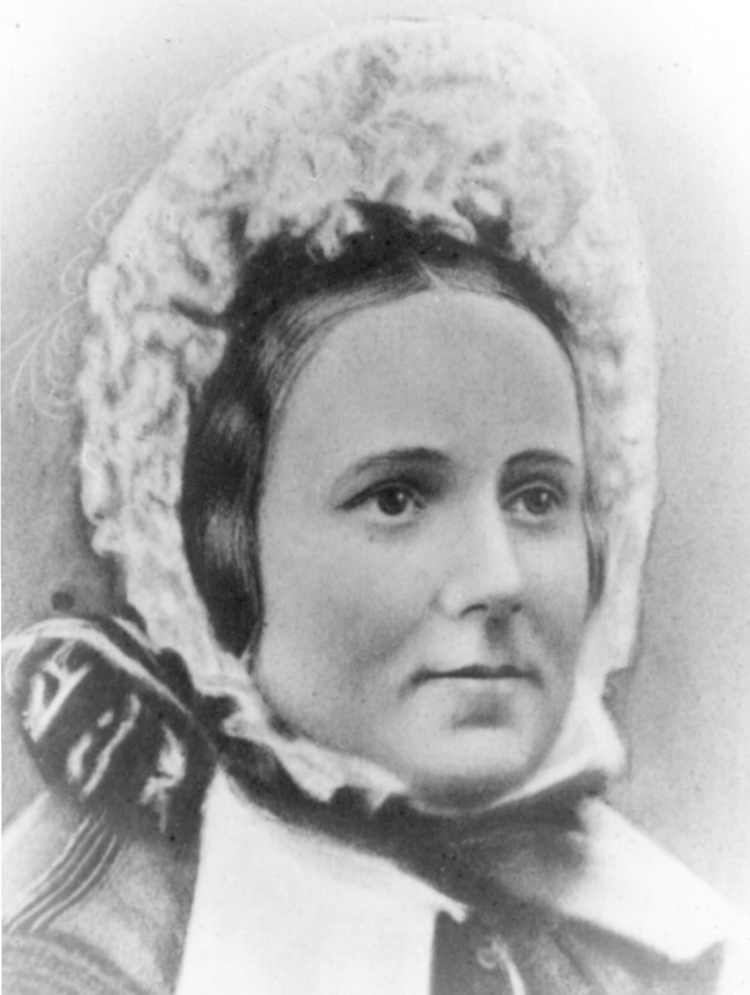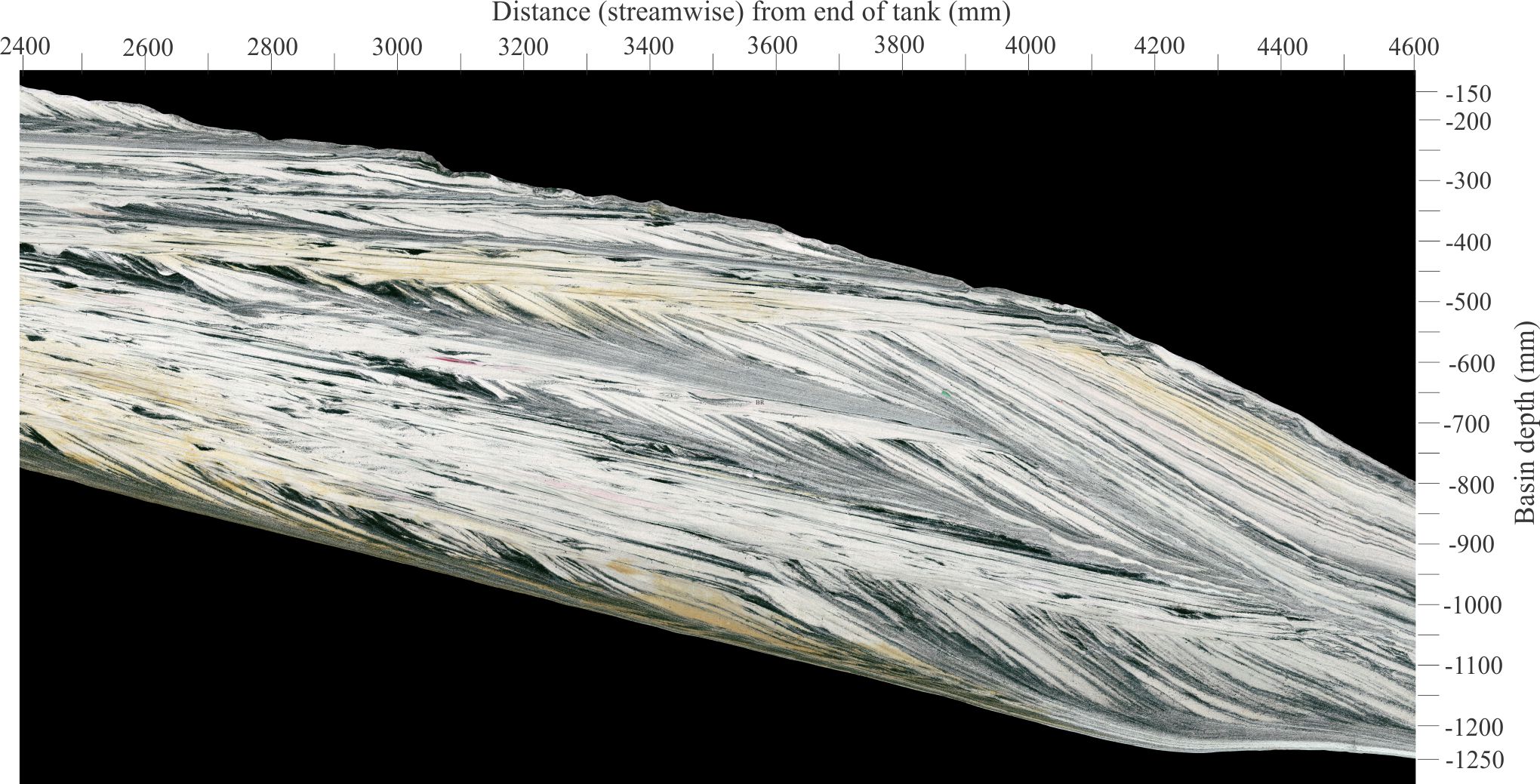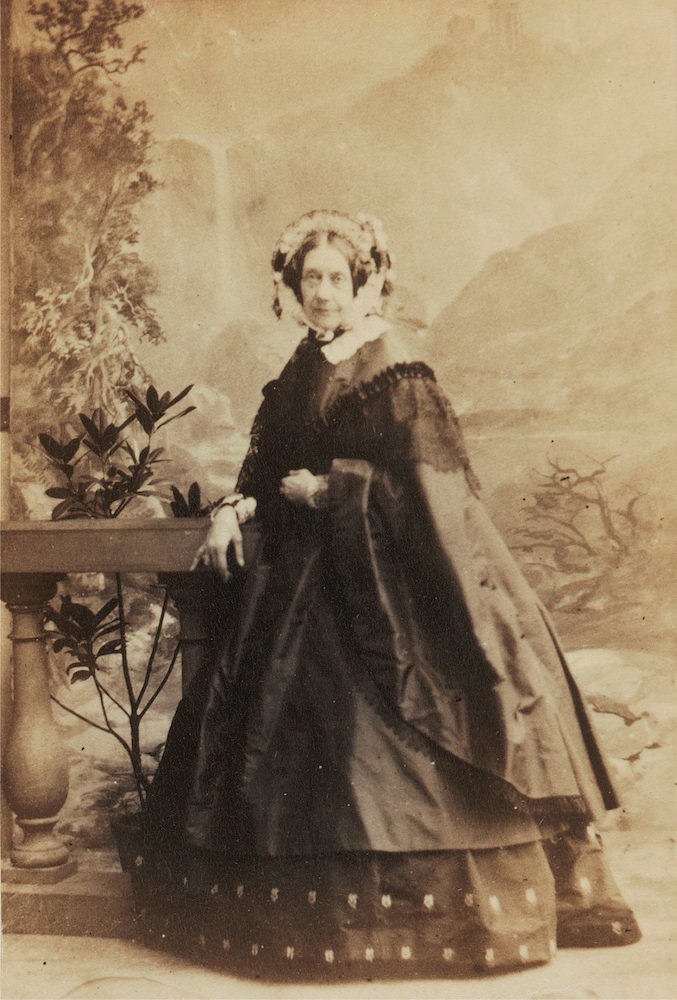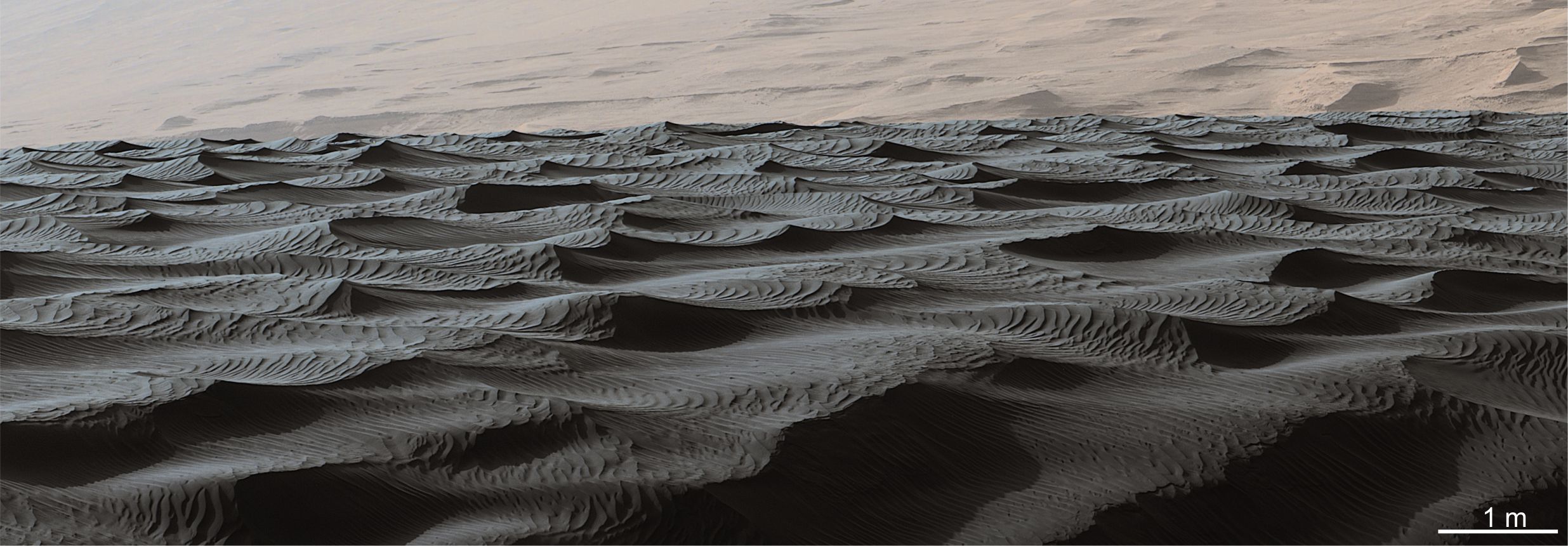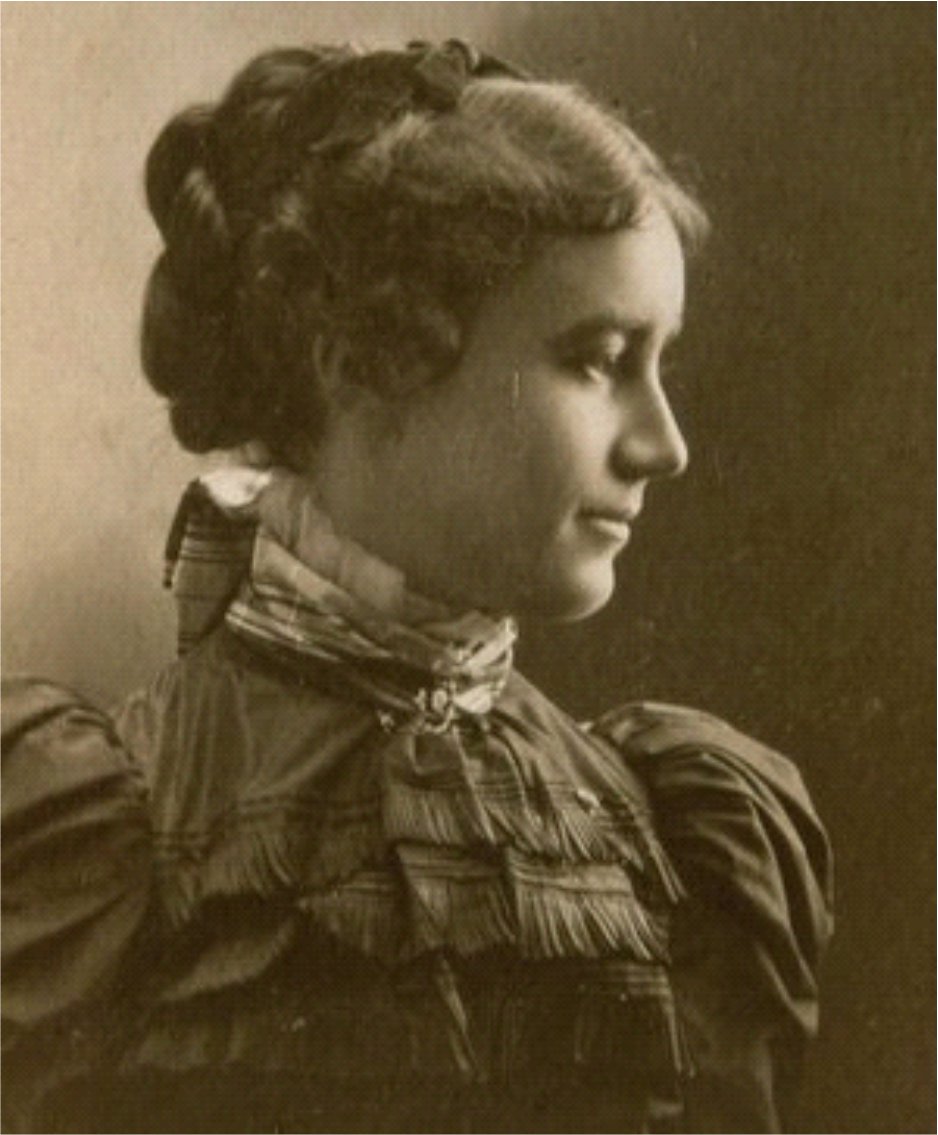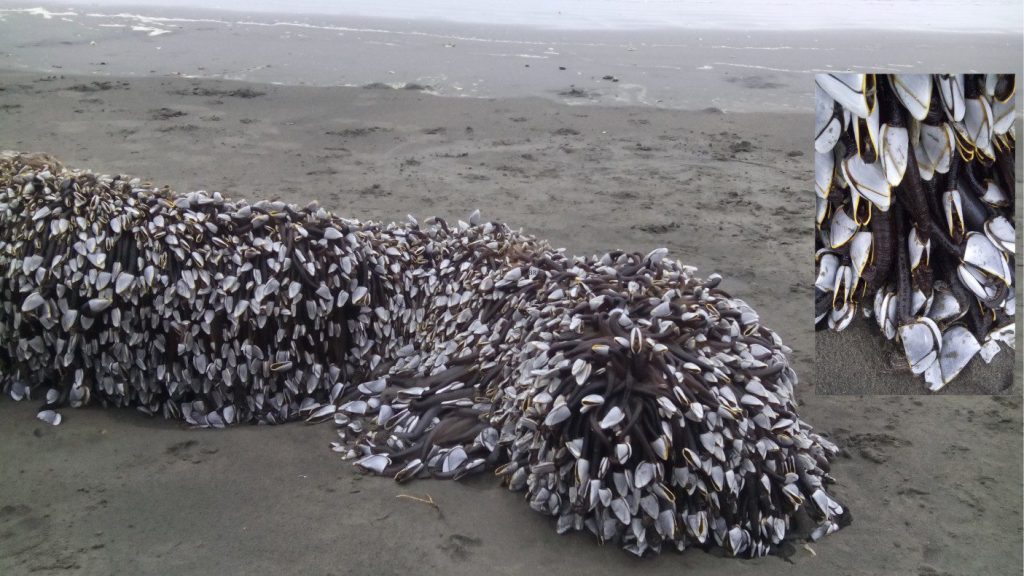
You never know what new treasures will be discovered strolling along a beach after a good storm. The beach may have changed shape; cusps, ruts and rills smoothed, some of the sand moved offshore beneath the waves, a few sand dunes cut in half. There’s flotsam and jetsam, a few bedraggled seabirds. And there are shells, mostly devoid of their original inhabitants.
Raglan (west coast New Zealand – i.e. the coast facing Tasman Sea) was a bit like that this week. One particularly neat find on our jaunt was a largish log completely covered in Goose Barnacles. It is usually the case that critters like these are dead by the time they wash up the beach. But this time all were still alive. The log was a slowly-seething mass of stalked shells, parched, and all looking for a way out of their predicament.
Goose barnacles, other than being fascinating to watch up close, have served the science of evolution. Charles Darwin’s book about them, published in 1851, contains many of the ideas he was formulating about species variations and embryonic development, laying some of the foundations for his ‘Origin of Species’.
Lepas anatifera
Yes, that’s its zoological name. The common name ‘Goose barnacle’ has an interesting history that from a 21stC perspective seems slightly weird. The word derives from a 13th century usage for a seabird – the so-called Barnacle Goose, an Arctic migrant. Gaggles breed in the Arctic then migrate to spend a balmy winter on British shores. Coastal Brits, those that hadn’t been press-ganged into the Crusades, were never quite sure where the birds came from (they never saw the eggs). They surmised that the actual stalked barnacle looked a bit like the actual bird, and that the birds hatched in much the same way, from the planks of ships, whereupon they would fly off to join their gaggle.
Lepas attaches with a long fleshy stalk (a peduncle) to flotsam, logs, basically anything that floats; the Raglan examples were up to 20cm long. The stalk is part of the animal that can move the shell to take advantage of currents, light, or food. The animals live cheek-by-jowl, as you can see in the image. They are crustaceans like crabs and shrimp.
Barnacle guts are contained within five shelly plates. They feed by filtering microscopic particles, plankton, and algae from seawater using delicate, feathery protrusions called cirri (hence the general classification as Cirripedes). In the video, our Raglan examples are extending their cirri in air – perhaps they can sense the incoming tide.
Darwin’s barnacles; sources of invention
He wrote four books on these critters; two on living groups (the stalked group and the sessile-attached group), and two volumes on fossil representatives. The first was on the stalked variety, including Lepas. A second volume on (living) barnacles that are more commonly cemented to rocks was published in 1854. His studies of these creatures provided him with insights into species variation and embryonic development. As Martin Rudwick illustrates in his wonderful book ‘The Meaning of Fossils; Episodes in the History of Palaeontology’, Darwin understood that both phenomenon would require cogent explanation to convince his audience of the central theme of his ‘Origins’; natural selection. Thus, his studious and systematic observations of barnacles, seemingly a dry topic, provided both the data and the wherewithal for creative thinking.
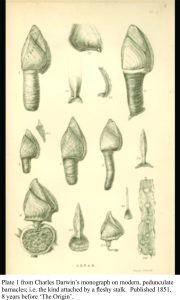
Prevailing 19th century thought on species development, postulated by pioneer biologist Jean-Baptiste Lamarck (1744-1829), was that species tended to progress toward improvement and complexity. Darwin’s recognized that regression was also an important adaptive process in evolution. He based this challenge to the status quo on the well-known fact that free-swimming barnacle larvae have legs (like other crustaceans), and that these appendages are converted “into an intricate food-collecting device, and lost many of the functions and organs associated with a free-swimming life.” (Martin Rudwick, p233). This feeding device is the cirri.
As is so often the case in science, the seemingly innocuous, tedious, but deliberate gathering of data can lead to startling invention and discovery. The humble Goose Barnacle has certainly done its part in shaping our ideas on the biological world. With our barnacle-covered log, we were witness to a microcosm struggling for survival; hundreds of individuals and a single community. Some days later, most are dead, scavenged by seagulls and demolished by waves. Perhaps all that’s left are a few broken, disarticulated shells.
**********************
Martin J.S. Rudwick. The Meaning of Fossils; Episodes in the History of Palaeontology. Second Edition, 1976, Science History Publications, Neale Watson Academic Publications Inc, New York.
There is a nice essay by Marsha Richmond (2007) on Darwin’s barnacles, written for Darwin on Line.
You can also find lots of interesting general information and teaching resources on Darwin, including his voluminous correspondence (more than 2000 letters), on Cambridge University’s Darwin Correspondence Project
